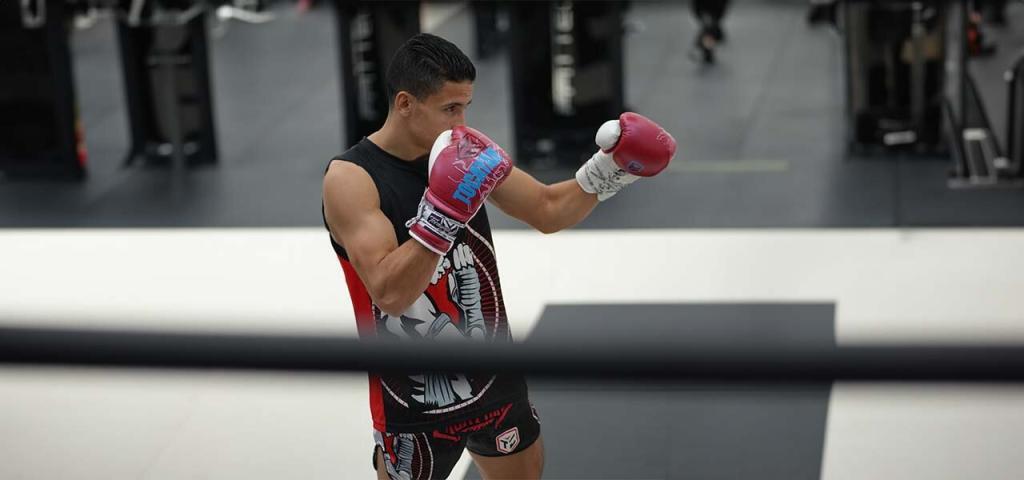Defensive skills are the cornerstone of success in boxing, crucial for both offense and defense. Whether you’re a beginner or a seasoned fighter, mastering defensive techniques is essential for staying safe and gaining the upper hand in the ring.
In this guide, we’ll delve into the fundamental defensive boxing drills that every fighter should incorporate into their training regimen.
Before diving into the drills, let’s understand the primary defensive techniques in boxing:
To hone your defensive skills, we’ll categorize the drills into four main categories:
Blocking drills are designed to improve your ability to defend against punches by using your arms and gloves as a shield. These drills focus on developing proper technique, timing, and positioning to effectively block incoming strikes. By practicing blocking drills, fighters learn how to maintain a solid guard while remaining poised to launch counterattacks.
These drills often involve repetitive movements to build muscle memory and enhance reflexes.
Slipping drills concentrate on evading punches by swiftly moving the head to the side while maintaining balance and staying in position to counter. These drills enhance agility, reflexes, and coordination, allowing fighters to slip punches with minimal movement and avoid taking unnecessary hits.
Slipping drills typically involve partners throwing punches at varying speeds and angles, requiring the practitioner to react quickly and accurately.
Parrying drills focus on deflecting or redirecting your opponent’s punches using strategic hand movements. These drills teach fighters how to use subtle, precise movements to neutralize incoming strikes and create openings for counters.
Parrying requires precise timing and coordination to execute effectively. Parrying drills often involve partners simulating punches, allowing the practitioner to practice different parrying techniques in a controlled environment.

Footwork drills are essential for creating angles, controlling distance, and evading attacks effectively. These drills emphasize proper foot placement, movement patterns, and balance to outmaneuver opponents while maintaining a defensive stance.
Footwork drills may include exercises such as shadowboxing, ladder drills, and pivot drills to improve agility, speed, and coordination. Developing strong footwork is crucial for staying in control of the fight and dictating the pace.
Blocking drills focus on refining your ability to defend against punches using proper technique and timing. Practice blocking jabs, crosses, hooks, and uppercuts, ensuring you maintain a solid guard and transition smoothly between defense and offense.
Slipping drills help you develop agility and reflexes to evade punches with minimal movement. Work on slipping punches to the outside and inside, ensuring you maintain balance and counter effectively after slipping.
Parrying drills teach you how to deflect your opponent’s punches using subtle hand movements. Practice parrying jabs, crosses, and hooks, aiming to redirect the punches while maintaining a strong defensive stance.
Footwork drills are essential for creating angles, controlling distance, and evading attacks. Focus on drills that improve your lateral movement, pivoting, and circling to outmaneuver your opponent while staying balanced and ready to counter.

To maximize the effectiveness of your defensive boxing drills, consider the following tips:
Once you’ve mastered the basics, consider exploring advanced defensive maneuvers such as shoulder rolls and the Philly shell. These techniques require precise timing and coordination but can provide significant defensive advantages in the ring.
Mastering defensive boxing drills is essential for every fighter looking to excel in the sport. By incorporating blocking, slipping, parrying, and footwork drills into your training regimen, you’ll not only enhance your defensive skills but also improve your overall performance and safety in the ring. So, lace up your gloves, hit the gym, and commit to mastering the art of defensive boxing. Your success in the ring depends on it.
more
informations
TOCAYAH © 2025 ALL RIGHTS RESERVED